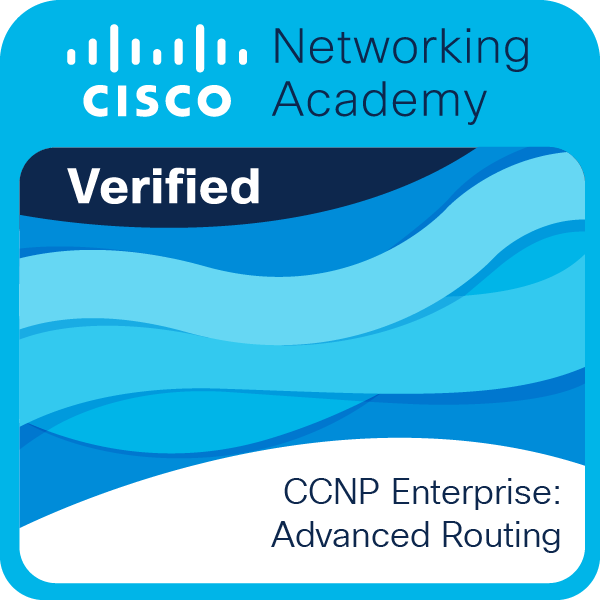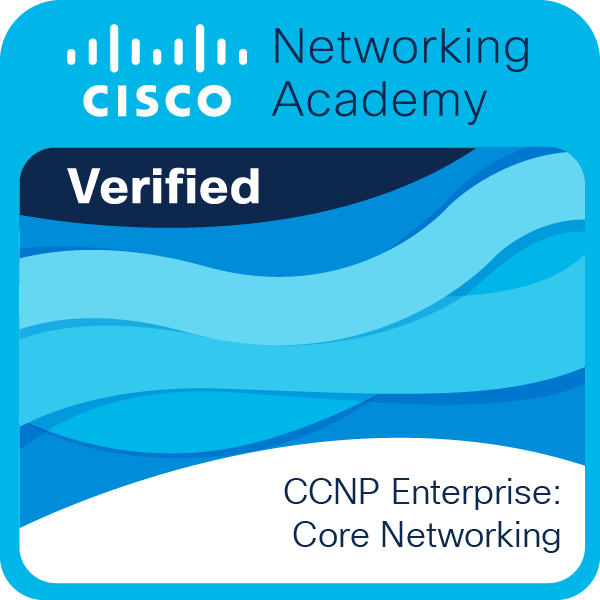- Cisco Community
- Technology and Support
- Networking
- Other Network Architecture Subjects
- Backbone Fast vs. Uplink Fast?
- Subscribe to RSS Feed
- Mark Topic as New
- Mark Topic as Read
- Float this Topic for Current User
- Bookmark
- Subscribe
- Mute
- Printer Friendly Page
Backbone Fast vs. Uplink Fast?
- Mark as New
- Bookmark
- Subscribe
- Mute
- Subscribe to RSS Feed
- Permalink
- Report Inappropriate Content
06-11-2002 08:50 AM - edited 03-01-2019 10:07 PM
After reading Cisco's documentation (http://www.cisco.com/univercd/cc/td/doc/product/lan/cat5000/rel_5_5/sw_cfg/stp_enha.htm)
I'm confused - when does one use Backbone Fast as opposed to Uplink Fast ?
Seems to me that they both do the same thing. I have a three switches set up in a triangle, with Switch A at the apex, and switches B and C at the base. (Switch A is in the computer room and B and C are switches in the closets.) I want the traffic to flow from B to C and onto A (or from C to B and onto A) if the link between B and A fails. (or C to A fails). Which "Fast" do I use??
- Labels:
-
Other Networking
- Mark as New
- Bookmark
- Subscribe
- Mute
- Subscribe to RSS Feed
- Permalink
- Report Inappropriate Content
06-11-2002 10:00 AM
From "http://www.cisco.com/warp/public/473/103.html" "Cisco recommends that UplinkFast be enabled for switches with blocked ports, typically at the access layer" and "The Cisco recommendation to to enable Backbone Fast on all switches running STP". These are small quotes taken from a 56 page document. I recommend that you read the document before you impliment.
- Mark as New
- Bookmark
- Subscribe
- Mute
- Subscribe to RSS Feed
- Permalink
- Report Inappropriate Content
06-11-2002 05:23 PM
Just to reiterate, *do not* enable backbone fast in a mixed environment. That is if any of the switches might participate in redundant paths in the spanning tree cannot have backbone fast enables e.g. 2900,3500 or non-cisco switches, backbonefast must not be enable on any switches.
btw the basic difference is that uplinkfast only allows quick failover of connected links (ie. blocked ports) whereas backbonefast removes the can detect topology changes due to indirect link failures.
Both documents mentioned give a quite thorough description anyhow
- Mark as New
- Bookmark
- Subscribe
- Mute
- Subscribe to RSS Feed
- Permalink
- Report Inappropriate Content
06-12-2002 04:10 AM
Uplink Fast : This is to enable the blocked port when the root port link is failed.
For example, you can enable uplinkfast on C when the normal link betwen B and A goes down, or on B when the normal link goes down between C and A. So you will be saved in such kind of situations.
Backbone. Fast:- This can be enabled when the switch doesn't have blocked port and root port receives inferior BPDU.
If the inferior BPDU arrives on the root port and there are no blocked ports, the switch assumes that it has lost connectivity to the root bridge, causes the maximum aging time on the root to expire, and the switch then becomes the root switch according to normal spanning-tree rules.
Just enable uplink fast.
- Mark as New
- Bookmark
- Subscribe
- Mute
- Subscribe to RSS Feed
- Permalink
- Report Inappropriate Content
04-08-2016 05:38 AM
Backbone fast can be enabled NOT only if the switch DOESN´T have blocked ports.
BackboneFast provides FAST convergence in the network backbone after a spanning tree topology change occurs. A switch detects an INDIRECT link failure (the failure of a link to which the switch is not directly connected) when the switch receives inferior BPDUs from its designated bridge on its root port or BLOCKED port.
If the inferior BPDU arrives on the root port, all BLOCKED ports become alternate paths to the root bridge.
If arrives on the root port and THERE ARE NO BLOCKED ports, the switch assumes that it has lost connectivity to the root bridge, causes the maximum aging time on the root to expire, and becomes the ROOT SWITCH according to normal spanning tree rules.
- Mark as New
- Bookmark
- Subscribe
- Mute
- Subscribe to RSS Feed
- Permalink
- Report Inappropriate Content
06-15-2002 07:44 PM
The above answers are fine answers.
But I have an even better answer - who cares? While xxxFast are not quite obsolete yet, they are now considered to be legacy, and Cisco (and the rest of the industry )has moved on to new and improved STP algorithms. So unless you're stuck with a legacy network...
- Mark as New
- Bookmark
- Subscribe
- Mute
- Subscribe to RSS Feed
- Permalink
- Report Inappropriate Content
10-11-2019 01:41 PM
I'm trying to get my ccnp switch before my other certs expire in November 2019, and I'm confused why backbone fast in my study materials since this legacy technology. I think we still have to know the "old technology-legacy" to better understand the new STP that is in the new certs exams starting the year 2020. Just like CCNP route where farm-relay is still in the exam, these legacy technology will indeed still be around for next few years... indeed it's obsolete, but we should understand it because some companies will continue to use the these technologies, and we the (network admins) ought to learn them...
- Mark as New
- Bookmark
- Subscribe
- Mute
- Subscribe to RSS Feed
- Permalink
- Report Inappropriate Content
08-13-2024 07:03 PM
Yeah. It's one of the major confusion.Before going for the result I wish to add something. In UPLINKFAST, the switch only expects for the superior BPDU and if the Switch A is the root bridge it has the superior BPDU than other switches. So the switch either B/C expect superior bridge from the other switch and it will ignore the BPDU from C/B. Therefore Backbonefast just eliminating the interface after a particular time.After that the switch can able to forward the traffic. Finally Backbonefast may be used.
- Mark as New
- Bookmark
- Subscribe
- Mute
- Subscribe to RSS Feed
- Permalink
- Report Inappropriate Content
08-13-2024 07:53 PM
Make new post ask your Q it better
MHM
Discover and save your favorite ideas. Come back to expert answers, step-by-step guides, recent topics, and more.
New here? Get started with these tips. How to use Community New member guide

